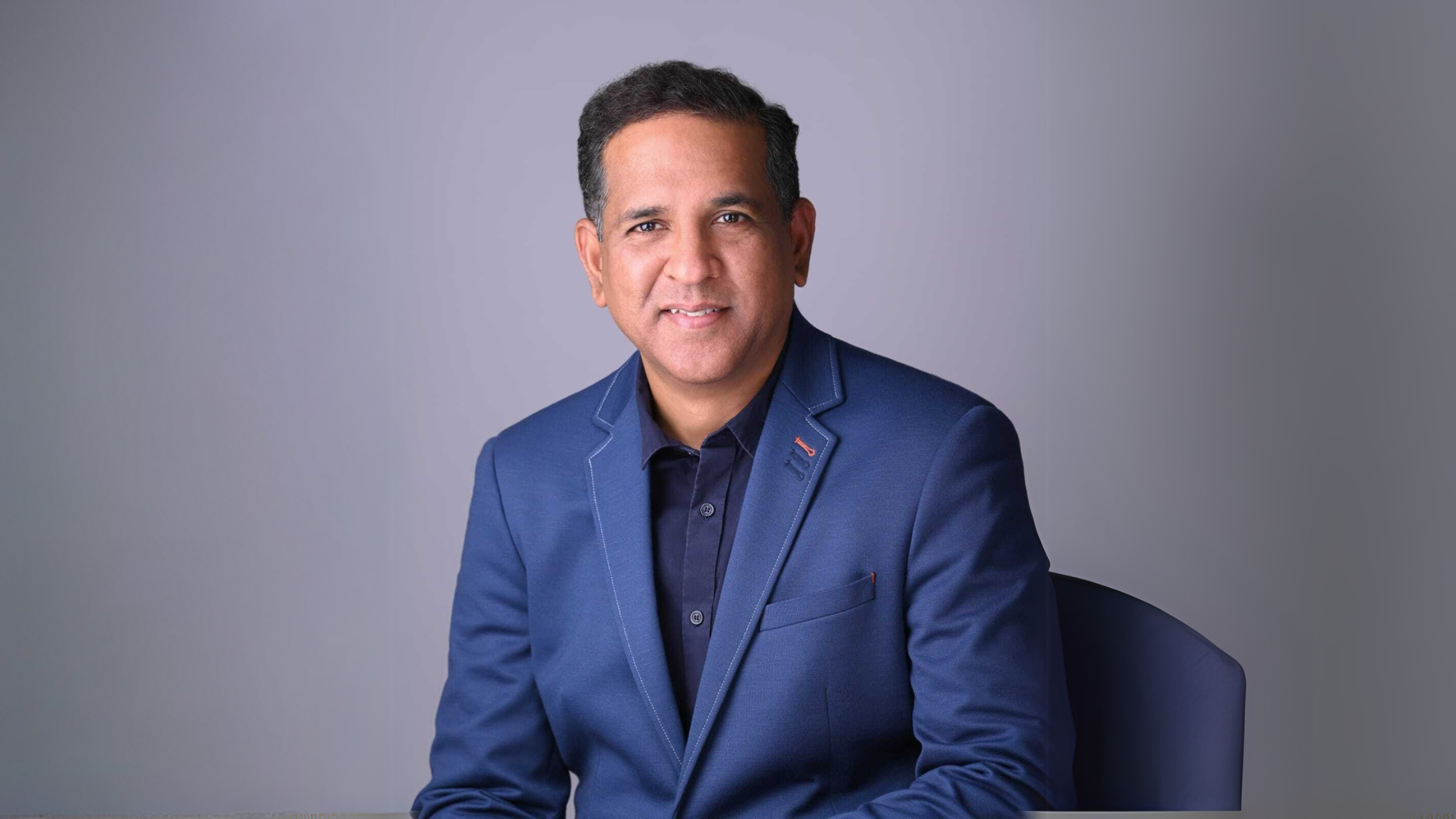"We are bare bones. There's nothing to find," insisted the finance executive, hands gesturing wildly during the tense executive leadership meeting. Yet within months, the same organization's financial forecast revealed a staggering $160 million in annual wasteful spending, money hemorrhaging from what appeared to be legitimate business operations. This jarring financial revelation happened at Telecommunications Services of Trinidad and Tobago (TSTT), where Chief Financial Officer Shiva Ramnarine uncovered what he would come to call "inert hidden routine corruption." The executives and staff sat stunned while evidence of normalized financial waste was so deeply embedded in operational procedures that it had become virtually invisible to those working within the system. Reported in Trinidad's press, Ramnarine's testimony to a Joint Select Committee later highlighted how addressing vendor influence saved TSTT millions, with a single transaction alone recovering $36 million.
This dramatic discovery exemplifies a pattern Ramnarine has documented throughout his three-decade finance career: organizational resources are consistently depleted through mechanisms so normalized they remain unquestioned within standard operational frameworks. His systematic approach to identifying and eliminating these inefficiencies offers valuable insight for financial governance across both public and private sectors, addressing what anti-corruption specialists call "state capture", where institutional decisions gradually fall under the influence of external business interests. The source of this financial drainage rarely involves blatant corruption but rather stems from seemingly ordinary vendor relationships that transform gradually from service provision into parasitic dependencies prioritizing supplier profits over organizational health.
The Invisible Drain of Vendor Infiltration
Money vanishes within organizations through channels so normalized they elude detection as problematic. The career-defining insight driving Shiva Ramnarine's anti-corruption methodology emerged from identifying the phenomenon he terms "vendor influence corruption", external suppliers gradually infiltrating an organization's decision-making until they effectively control purchasing decisions, maximizing their profits while draining the host institution.
"Vendor influence corruption occurs when the vendor infiltrates your organization, they become the subject matter experts, and they basically run your business for you to their benefit, to your detriment," Ramnarine explains from firsthand experience. The cunning aspect of this corruption lies in its facade of legitimacy, technical staff unwittingly become accomplices, raising purchase orders and approving expenses because "the vendor calls and says 'hey you need to do this' okay and they raise a purchase request because they are the ones who are supposed to be the interface between the vendor and the company."
Shiva Ramnarine illustrates this pattern through his TSTT experience. When confronted with an "emergency" request for several millions of dollars in backup batteries for telecommunications equipment, where the technical team claimed they could only purchase from one specific vendor, Ramnarine implemented an elegant countermeasure. "I will approve this and each of you will sign this request but I am going to retrospectively have it audited by an independent party outside and if it is deemed that your statements are incorrect or there have been false representations, I will recommend that the respective persons be fired," he informed the team. The results proved telling: "Surprisingly... no one signed it. The emergency went away." This revealing anecdote demonstrates how manufactured urgency, technical gatekeeping, and accountability avoidance create perfect conditions for vendor influence corruption to thrive undetected.
Breaking the Corruption Chain Through Governance Loops
Traditional anti-corruption efforts often concentrate on punishment after wrongdoing, leaving the systems enabling corruption intact. Shiva Ramnarine proposes a structural redesign that prevents corruption through what he calls a "governance loop", fundamentally transforming how organizations approve spending.
"Let's create a different way of doing things in the future," Shiva Ramnarine explains in an interview when describing his governance loop concept. "Instead of having one person raise a purchase requisition and another simply approving it, we should insert a loop that goes to an objective group. This could be people objectively reviewing the request or an AI or machine learning system analyzing it." This approach represents a fundamental alternative to the standard two-step requisition-approval process most organizations use.
The governance loop works by inserting objective third-party review between request and approval, creating a buffer against vendor manipulation. This approach depersonalizes oversight, Ramnarine notes that "you remove the personal nature" of the process, eliminating the perception that specific individuals are trying to stop things or slow them down. The questions originate from a system focused on data and patterns rather than from individuals who might face professional or even personal backlash for challenging powerful vendors or internal technical experts.
While developing digital solutions to implement this governance loop, Ramnarine acknowledges differing organizational preferences. In a recent conversation with executives at an American multinational billion-dollar company, they expressed, "We have too many digital solutions... we would love the concept of a group of people to create a loop, break the process as we know it into a committee for review, and then to the approver for approval." The company executives further stated “ We are not trying to cut cost but to re-direct funds we are aware is being wasted to where it could be better utilised”. The core innovation remains consistent no matter the implementation method, introducing objective review into a previously existing process vulnerable to manipulation through relationships, manufactured urgency, or technical gatekeeping.
AI Detection Systems Uncover Human Blind Spots
Artificial intelligence functions as a powerful ally in Shiva Ramnarine's anti-corruption arsenal, offering capabilities exceeding human perception for identifying suspicious patterns in organizational spending. While Ramnarine carefully notes that AI "would not classify it as corruption," these systems excel at "raising red flags where there are things that do not make sense", often catching issues that elude even the most diligent human reviewers. This approach parallels emerging global initiatives where the World Bank and other organizations explore how AI can analyze procurement data within the estimated $10 trillion spent annually on government purchases worldwide.
AI systems analyze historical spending patterns across multiple dimensions, identifying anomalies that are invisible to human observation. "If you are spending every quarter on certain types of expenses and then it shifts to a monthly basis, it will flag, 'wait a minute, something's wrong,'" Ramnarine explains. These systems also track service quality and follow-up needs: "If someone came in to repair a switch or a generator, and the next month the generator breaks down, then something is wrong. You shouldn't be raising a requisition for that. You should be questioning the actual service performed on the generator and demanding that it be done for free."
Moving beyond pattern recognition, Ramnarine envisions AI actively researching alternative vendors, challenging pricing assumptions, and interrogating purchasing premises. "AI will do that much more quickly... AI will actually play the role of that committee that asks the very objective questions, the tough questions: did you go out and put out a tender for this? Where's the tender information? Why did you select this vendor?" This automated scrutiny creates an environment where vendor influence and corruption struggle to persist undetected. Recent research on AI-based anti-corruption tools confirms this potential, noting that unlike other AI applications used by governments to monitor citizens, these systems uniquely enable both officials and citizens to inspect government processes for integrity.
AI demonstrates particular value in cutting through the deceptive pricing tactics that vendors frequently employ. Ramnarine describes a common scenario: "Somebody comes in... and they will say... 'You are paying $10,000 a month; our rates next year are going to go up to $15,000, but guess what, I'm going to give you 50% off. So you'll really only be paying $12,500.' And the person then believes and communicates excitedly, 'I saved $2,500’. The truth, immediately identified by AI, reveals that no savings exist, the price has increased despite creating a perception of a discount. Ramnarine adds, "But if you really think about that, you didn't save anything, your price went up," highlighting how readily humans fall prey to psychological pricing tactics that AI systems can detect with ease.
Transforming Organizations From Theory to Practice
Organizations intrigued by Shiva Ramnarine's vendor influence theory can implement his anti-corruption methodology through practical steps drawn from his experience transforming companies like TSTT, where his approaches saved $160 million in nonlabor-related costs annually. Contrary to conventional cost-cutting that begins with staff reductions, Ramnarine advocates first examining vendor relationships and spending patterns, areas where waste accumulates without scrutiny.
Implementation begins with establishing robust governance mechanisms providing objective oversight for purchasing decisions. Organizations might create dedicated review teams challenging purchase requests, integrate AI tools flagging suspicious patterns, or implement more rigorous documentation requirements for vendor selection and spending justification.
This approach is significant for government agencies and state-owned enterprises facing resource constraints. Ramnarine notes: "I want to champion this, especially for governments... the IMF has always indicated that countries, government agencies, and companies spend excessively in certain areas, particularly repairs and maintenance." Improved oversight of this spending would free up substantial resources for investment in infrastructure and services, addressing the IMF's observation that high maintenance costs hinder many countries from upgrading critical facilities infrastructure.
The distinctive strength of Ramnarine's methodology combines human judgment with technological advancement, creating multiple barriers against vendor influence corruption while depersonalizing the oversight process. Individuals avoid direct backlash for challenging established vendors or practices because the system itself raises questions based on data rather than subjective opinions or personalities. Through process restructuring rather than identifying individual bad actors, this approach addresses corruption's systemic nature rather than treating isolated symptoms.
While organizations face mounting pressure to maximize efficiency and eliminate waste, Shiva Ramnarine's vendor influence theory and anti-corruption methodology offer a proven approach for reclaiming significant financial resources otherwise lost to normalized corruption masquerading as a standard business practice.









